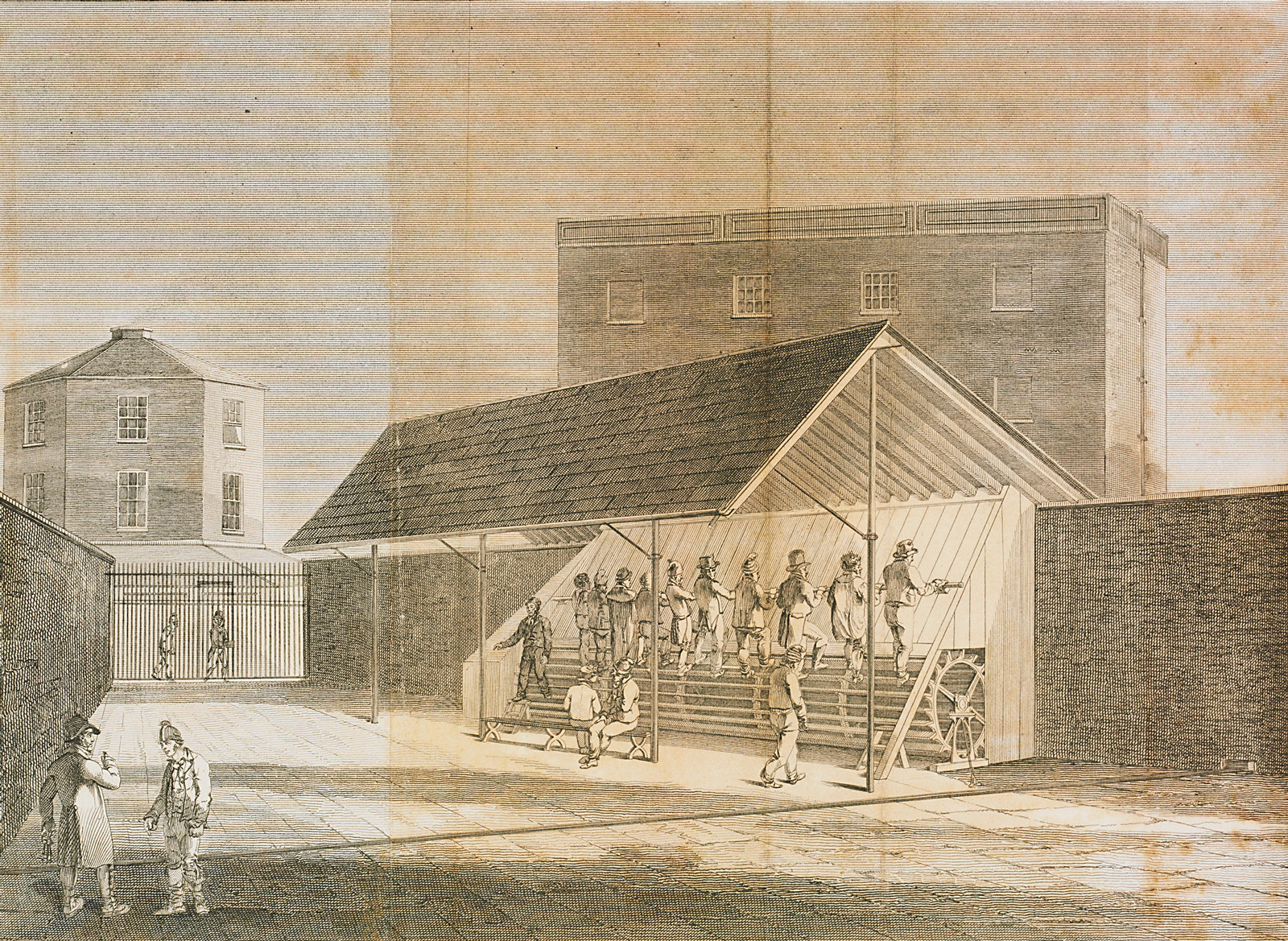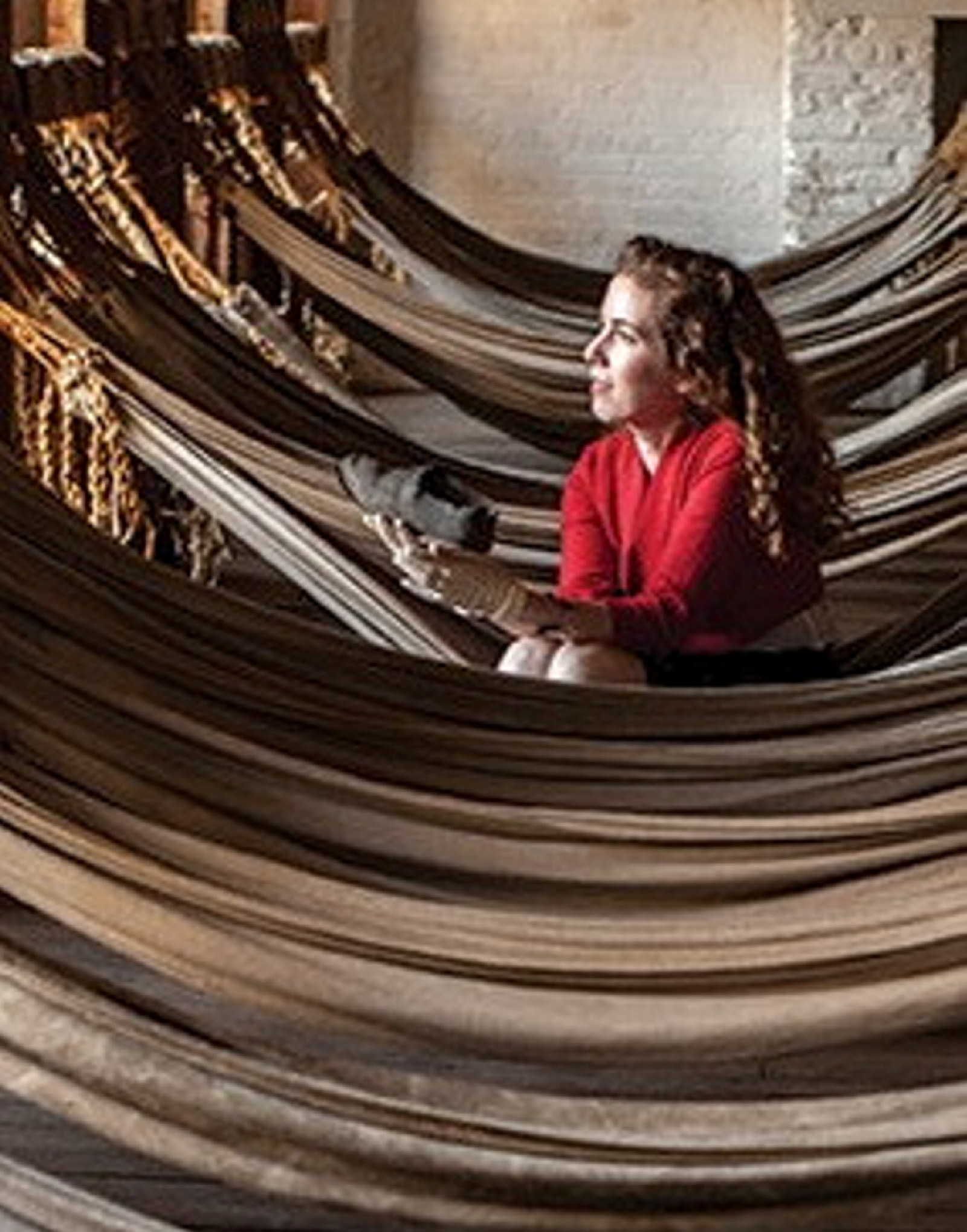William Ockenden
Gambler, escapee
Arrived 182- on Marquis of Hastings
Although the authorities frowned on it, gambling at the barracks and in public houses was common among the convicts. Ockenden seems to have made it an art form.
A tailor by trade, William Ockenden was originally sentenced for robbery in 1828 in Sussex, England, and arrived in the colony on the Marquis of Hastings at the age of 21.
Three years later he came before the court at the Hyde Park Barracks for fleeing his road gang. Like many convicts, Ockenden liked to drink and gamble, and he was caught red-handed in a drinking establishment with plenty of cash, fake coins and gambling tools. The money was confiscated and he was locked in a solitary cell.
In February 1832 Ockenden was again caught attempting to escape. This time, branded a ‘notorious runaway and bad character’, he was sent to Norfolk Island.
Back at the Barracks in 1834, Ockenden made another attempt at escape. Four years later he gained his certificate of freedom.
Other convicts might have described Ockenden as: bug, sharp, lushy cove, scurf’d, boned, done, grab’d, nibb’d, pulled up, floor’d, bolter, pebble, cockatoo. See our glossary of convict slang words to find out what these words mean.
… the convict named in the margin was this day brought before us charged with being absent from his road party… and being found in a public house drinking… On his person were found a number of gambling implements such as cups & balls, dice, copper money soldered together in masses in such a manner as to give it the appearance of spread out, round pieces of tin done in the same way, together with one pound fifteen shillings and 9 pence in Spanish dollars...
Related

Convict Sydney
A world of pain
The combined aims of the assignment system, from 1826 onwards, were to equip farmers with cheap convict labour, to disperse convicts away from towns (and other convicts) and to keep an eye on each worker’s whereabouts and treatment
Published on
Convict Sydney
Browse all
Convict Sydney
Convict punishment: the treadmill
As a punishment, convicts were made to step continuously on treadmills to power wheels that ground grain

Convict Sydney
Molesworth report
The findings of the 1837 Molesworth inquiry brought about the end of convict transportation to New South Wales

Convict Sydney
Dennis Dogherty
Not even men in uniform were spared the gruelling punishment of transportation. Desertion from the military was regarded as a serious crime, as Irishman Dennis Dougherty found out

Convict Sydney
Francis Macnamara
With their ‘flash’ slang words, convicts could undermine the control of the authorities. The rebellious verse of Macnamara, who clearly had the gift of the gab, must have struck a chord with his fellow convicts
